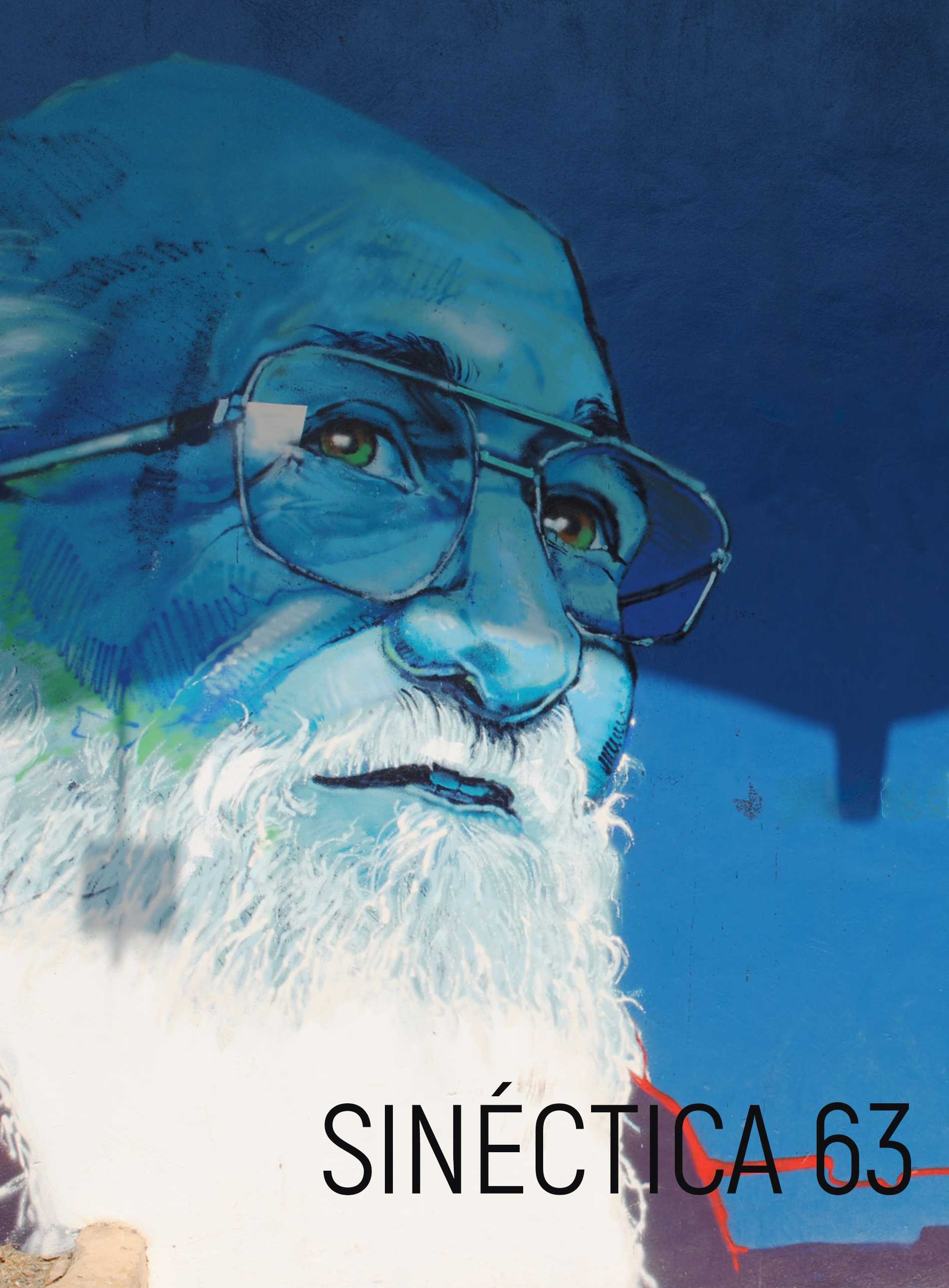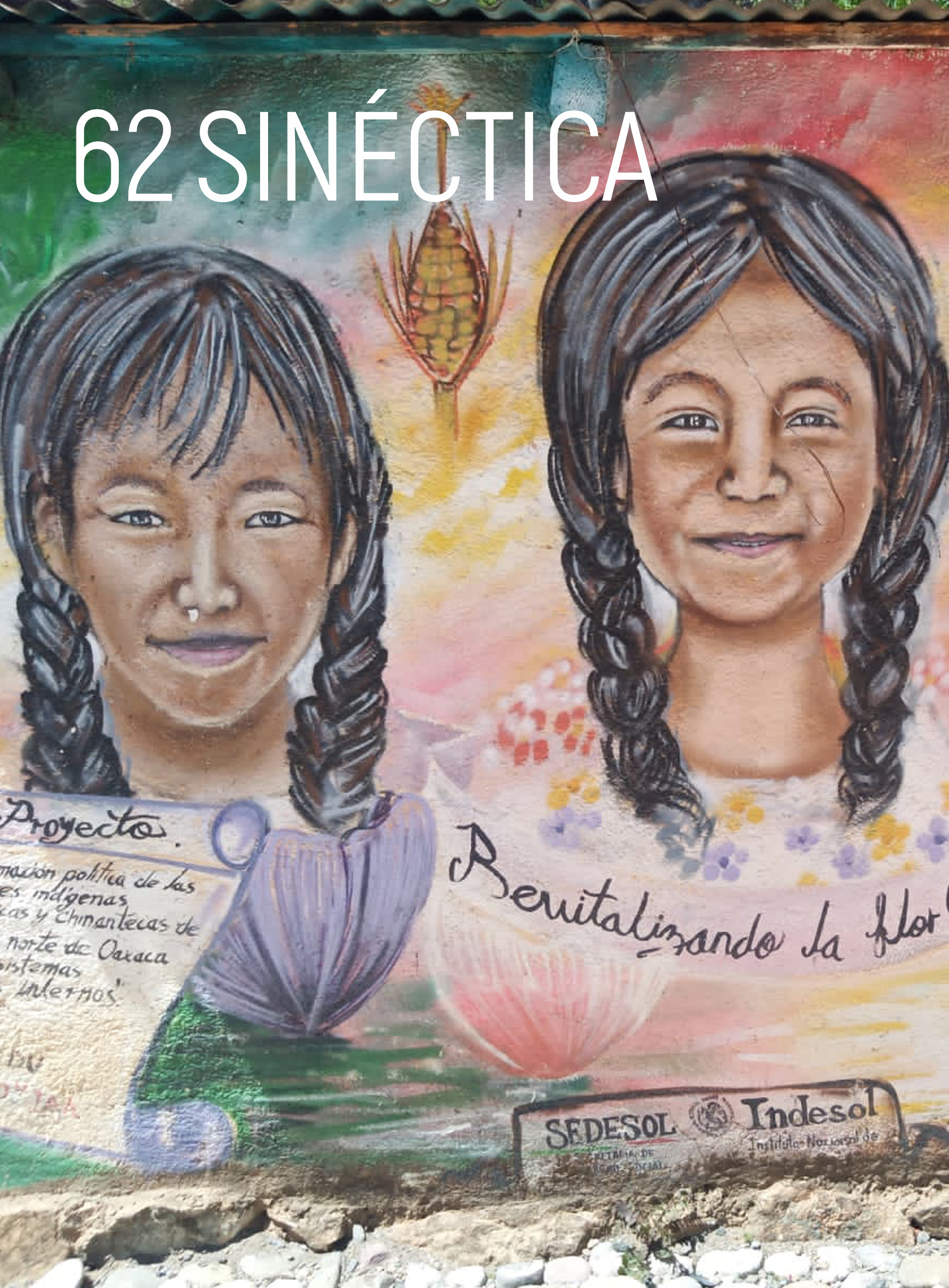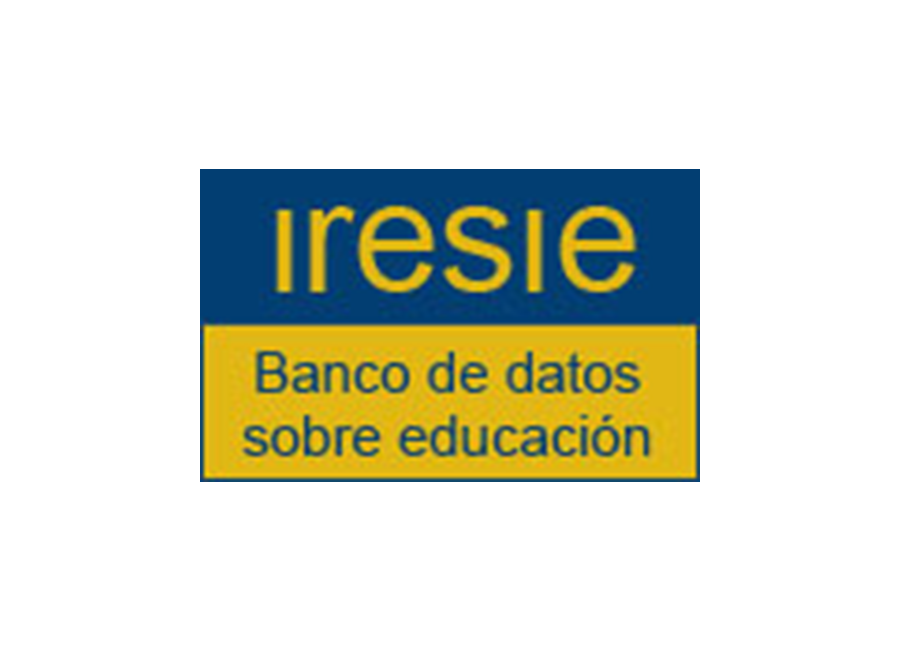Mastery motivational climate intervention: Motor and social benefits for children with and without disabilities
DOI:
https://doi.org/10.31391/S2007-7033(2022)0059-012Keywords:
child development, children with disabilities, motor delays, social skills, motor skill interventionAbstract
This mixed-design study examined the effects of a mastery motivational climate intervention on the motor and social skills of underserved children with and without disabilities. A mastery climate was implemented for the intervention group consistent with the TARGET structure. Children, 24 children with disabilities (12 boys, 12 girls) and 52 without disabilities (31 boys, 21 girls), were assessed with the Test of Gross Motor Development –second edition pre-and post-intervention. Along with the intervention, social skills were assessed using a qualitative approach; a checklist with five levels of personal e social responsibility behavior was used. Results showed that mastery motivational climate intervention was effective in promoting positive changes in locomotor and object control scores; the intervention group also showed higher performance in the post-intervention than the control group. Along with the intervention, the children in the mastery motivational climate group also adopted higher personal and social responsibility levels during the lessons. Positive correlations were observed between children’s motor development and their levels of responsibility. The mastery motivational climate intervention promotes positive motor and social skills changes for children living in vulnerability.
Downloads
References
Almeida, F.D. & Pick, R. K. (2018). Implementation of the teaching personal and social responsibility model through physical activity: A pilot study. The FIEP Bulletin, vol. 88, no.1, pp. 356-359. https://doi:10.16887/88.a1.86
Auxter, D., Pyfer, J. & Huettig, C. (2004). Principles and methods of adapted physical education and recreation (10th ed.). McGraw-Hill Higher Education.
Bandura, A. (1986). Social foundations of thought and action. Prentice-Hall.
Berleze, A. & Valentini N. C. (2022). Intervention for children with obesity and overweight and motor delays from low-income families: Fostering engagement, motor development, self-perceptions, and playtime. International Journal of Environmental Research and Public Health, vol. 19, no. 5, pp. 2545. https://doi.org/10.3390/ijerph19052545
Berleze, A. & Valentini, N. C. (2021). The motor intervention effectiveness on children daily routine, motor, health, and psychosocial parameters. Journal of Physical Education, vol. 32, no. 1, e-3272. https://doi.org/10.4025/jphyseduc.v32i1.3272
Bibby, P., Eikeseth, S., Martin, N. T., Mudford, O. C. & Reeves, D. (2002). Progress and outcomes for children with autism receiving parent-managed intensive interventions. Research in Developmental Disabilities, vol. 23, no.1, pp. 81-104. https://doi.org/10.1016/S0891-4222(02)00095-1
Brauner, L. M., Valentini, N.C. & Santayana de Souza, M. (2017). Youth Sports Program influences children’s perceived competence?” Psico-USF, vol. 22, no. 3, pp. 527-539. https://doi.org/10.1590/1413-82712017220312
Bronfenbrenner, U. (1979). The ecology of human development. Harvard University Press.
Buchanan, A. M. (2001). Contextual challenges to teaching responsibility in a sport camp. Journal of Teaching in Physical Education, vol. 20, no 2, pp. 155-171. https://doi.org/10.1123/jtpe.20.2.155
Compagnone, N. (1995). Teaching responsibility to rural elementary youth: Going beyond the urban at-risk boundaries. Journal Physical Education, Recreation, and Dance, vol. 66, no. 6, pp. 58-63. https://doi.org/10.1080/07303084.1995.10607100
DeBusk, M. & Hellison, D. (1989). Implementing a physical education self-responsibility model for delinquency-prone youth. Journal of Teaching in Physical Education, vol. 8, no.2, pp. 104-112. https://doi.org/10.1123/jtpe.8.2.104
Goodway, J. D. & Branta, C. F. (2003). Influence of a motor skill intervention on fundamental motor skill development of disadvantaged preschool children. Research Quarterly for Exercise and Sport, vol. 74, no. 1, pp. 36-46. https://doi.org/10.1080/02701367.2003.10609062
Goodway, J. D., Crowe, H., & Ward, P. (2003). Effects of motor instruction on fundamental motor skill development. Adapted Physical Activity Quarterly, vol. 20, no. 3, pp.298-314. https://doi.org/10.1123/apaq.20.3.298
Goodway, J. D., Rudisill, M. E. & Valentini, N. C. (2002). The influence of instruction on catching: A developmental approach. Motor Development: Research & Reviews, book-volume 2.
Graham, G. (2005). Teaching children physical education: Becoming a master teacher. Human Kinetics.
Guaragna, M., Pick, R. K. & Valentini, N. C. (2005). Percepções de pais e professores da incluência de uma programa motor inclusivo no comportamento social de crianças portadoras e não portadoras de necessidades especiais. Movimento, vol. 11, no. 1, pp. 89-117. https://www.redalyc.org/pdf/1153/115315992006.pdf
Hastie, P. A. & Buchanan, A. M. (2000). Teaching responsibility through sport education: Prospects of a coalition. Research Quarterly for Exercise and Sport, vol. 71, no. 1, pp. 25-35. https://doi.org/10.1080/02701367.2000.10608877
Hellison, D. (2011). Teaching personal and social responsibility through physical activity (3rd ed.). Human Kinetics.
Hellison, D. (2003). Teaching responsibility through physical activity (2nd ed.). Human Kinetics.
Hellison, D. (1990). A Chicago story- Physical education for disadvantaged youth. Journal Physical Education, Recreation, and Dance, vol. 61, no. 6, pp. 36-37. https://doi.org/10.1080/07303084.1990.10604546
Hellison, D. & Cutforth, N. (Eds.) (2000). Youth development and physical activity: Linking universities and communities. Human Kinetics.
Hellison, D. & Templin, T. J. (1991). A reflective approach to teaching physical education. Human Kinetics.
Hellison, D. & Walsh, D. (2002). Responsibility-based youth programs evaluation: Investigating the investigations. Quest, vol. 54, no. 4, pp. 292-307. https://doi.org/10.1080/00336297.2002.10491780
Hellison, D. & Wright, P. (2003). Retention in an urban extended day program: A process-based assessment. Journal of Teaching in Physical Education, vol. 22, no. 4, pp. 369-381. https://doi.org/10.1123/jtpe.22.4.369
Jenkins, J. M. (2004). Student-led play days: Incorporating student assessment. Strategies, vol. 17, no. 3, pp. 15-20. https://doi.org/10.1080/08924562.2004.10591080
Karagiannis, A., Stainback, W. & Stainback, S. (1996). Rationale for inclusive schooling. In S. Stainback & W. Stainback (Eds.). Inclusion: A guide for educators (pp. 21-34). Paul H. Brookes.
Kirk, S., Gallagher, J., Anastasion, N. & Coleman, M. (2006). Educating exceptional children (11th ed.). Houghton Miffilin.
Kunh, D. E., Matson, J. L., Mayville, E. A. & Matson, M. L. (2001). The relationship of social skills as measured by the MESSIER to rumination in persons with profound mental retardation. Research in Developmental Disabilities, vol. 22, no. 6, pp. 503-510. https://doi.org/10.1016/S0891-4222(01)00086-5
Li, W., Wright, P. M., Rukavina, P. B. & Pickering, M. (2008). Measuring students’ perceptions of personal and social responsibility and the relationship to intrinsic motivation in urban physical education. Journal of Teaching in Physical Education, vol. 27, no. 2, pp. 167-178. https://doi.org/10.1123/jtpe.27.2.167
Llewellyn, C. & Gordon, M. (2005). Why should I listen? Barron”s Educational series.
Monteiro, T. R., Pick, R. K. & Valentini, N. C. (2008). A responsabilidade social e pessoal de crianças participantes de um programa de intervenção motora inclusiva. Temas sobre Desenvolvimento, vol. 16, no. 94, pp.10-20.
Moses, B. & Gordon, M. (1998). “Excuse me”. Learning about politeness. Hodder Wayland.
Newell, K. (1986). Constraints on the development of coordination. In M. G.Wade & H. T. Whiting (Eds.). Motor development in children: Aspects of coordination and control (pp. 341-360). Nijhof.
Nobre, G. C., Nobre, F. S. S. & Valentini, N. C. (2022). Effectiveness of a mastery climate cognitive-motor skills school-based intervention in children living in poverty: Motor and academic performance, self-perceptions, and BMI. Physical Education and Sport Pedagogy. https://doi.org/10.1080/17408989.2022.2054972
Píffero, C. M. & Valentini, N.C. (2010). Habilidades especializadas do tênis: Um estudo de intervenção participação esportiva com crianças escolares. Revista Brasileira de Educação Física e Esporte, vol. 24, no. 2, pp. 149-163. https://doi.org/10.1590/S1807-55092010000200001
Rimmer, J. H. & Kelly, L. E. (1989). Gross motor development in preschool children with learning disabilities. Adapted Physical Activity Quarterly, vol. 6, no. 3, pp. 268-279. https://doi:10.1123/apaq.6.3.268
Sampaio, D. F. & Valentini, N.C. (2015). Gymnastics rhythmic’ youth sport: Traditional approach and mastery motivational climate approach. Journal of Physical Education, vol. 26, no. 1, pp. 1-10. https://doi.org/10.4025/reveducfis.v26i1.22382
Sayers, L. K., Cowden, J. E. & Sherrill, C. (2002). Parent’s perceptions of motor interventions for infants and toddlers with down syndrome. Adapted Physical Activity Quarterly, vol. 19, no. 2, pp. 199-219. https://10.1123/apaq.19.2.199
Sherrill, C. (2004). Adapted physical activity, recreation and sport: Cross disciplinary and lifespan (6th ed.). McGraw-Hill Higher Education.
Theeboom, M., De Knop, P. D. & Weiss, M. R. (1995). Motivational climate, psychological responses, and motor skill development in children’s sport: A field-based intervention study. Journal of Sport Psychology, vol. 17, no. 3, pp. 294-311. https://doi.org/10.1123/jsep.17.3.294
Thelen, E. & Ulrich, B. (1991). Hidden skills. Monographs of the society for research in child development, vol. 56 (serial No. 233).
Thomas, J. R., Nelson, J. K. & Silverman, S. J. (2012). Métodos de pesquisa em atividade física (6 ed.). Artmed.
Ulrich, D. (2000). The test of gross motor development (2nd ed.). Prod-ed.
Valentini, N. C. (2012). Validity and reliability of the TGMD-2 for Brazilian children. Journal of Motor Behavior, vol. 44, no. 4, pp. 275-280. https://doi.org/10.1080/00222895.2012.700967
Valentini, N. C. (2004). Visual cues, verbal cues and child development. Strategies, vol. 17, no. 3, pp. 21-23. https://doi.org/10.1080/08924562.2004.10591081
Valentini, N. C. (2002). The influence of a motor skill intervention on the motor performance and perceived competence of children with motor delays. Paulista Journal of Physical Education, vol 16, no. 1, pp. 61-75. https://doi.org/10.11606/issn.2594-5904.rpef.2002.138698
Valentini, N. C., Pierosan, L., Rudisill, M. E. & Hastie, P. A. (2017). Mastery and exercise play interventions: Motor skill development and verbal recall of children with and without disabilities. Physical Education and Sport Pedagogy, vol. 22, no. 4, pp. 349-363. https://doi.org/10.1080/17408989.2016.1241223
Valentini, N. C. & Rudisill, M. E. (2004a). Motivational climate, motor-skill development, and perceived competence: Two studies of developmentally delayed kindergarten children. Journal of Teaching in Physical Education, vol. 23, no. 3, pp. 216-234. https://doi.org/10.1123/jtpe.23.3.216
Valentini, N. C. & Rudisill, M. E. (2004b). Effectiveness of an inclusive mastery climate intervention on the motor skill development of children. Adapted Physical Activity Quarterly, vol. 21, no. 4, pp. 330-347. https://doi.org/10.1123/apaq.21.4.330
Valentini, N. C., Rudisill, M. E. & Goodway, J. D. (1999a). Incorporating a mastery climate into physical education: It’s developmentally appropriate! Journal Physical Education, Recreation, and Dance, vol. 70, no. 7, pp. 28-32. https://doi.org/10.1080/07303084.1999.10605683
Valentini, N. C., Rudisill, M. E. & Goodway, J. D. (1999b). Mastery climate: Children in charge of their own learning. Teaching Elementary Physical Education, vol. 10, pp. 6-10.
Vygotsky, L. S. (1978). Mind in society: the development of higher psychological processes. Harvard University Press.
Walsh, D. (2006). Best practice in university-community partnership: Lessons learned from a physical-activity-based program. Journal of Physical Education Recreation and Dance, vol. 77, no. 4, pp. 45-56. https://doi.org/10.1080/07303084.2006.10597863
Wright, P. M & Craig M., W. (2011). Tool for Assessing Responsibility-Based Education (TARE): Instrument development, content validity, and inter-rater reliability. Measurement in Physical Education and Exercise Science, vol. 15, no. 3, pp. 204-219. http://dx.doi.org/10.1080/1091367X.2011.590084
Wright, P. M. & Burton, S. (2008). Implementation and outcomes of a responsibility-based physical education activity program integrated into an intact high school physical education class. Journal of Teaching in Physical Education, vol. 27, no. 2, pp. 138-154. https://doi.org/10.1123/jtpe.27.2.138
Wright, P., M., White, K. & Gaebler-Spira, D. (2004). Exploring the relevance of the personal and social responsibility model in adapted physical activity: A collective case study. Journal of Teaching in Physical Education, vol. 23, no. 1, pp. 71-87. https://doi.org/10.1123/jtpe.23.1.71
Zanella, L. W., Santayana de Sousa, M. S., Bandeira, P. F. R., Nobre, G. C. & Valentini, N. C. (2016). Overweight and obesity: Motor intervention and influences on motor behavior. Motricidade, vol. 12, no. 1, pp. 42–53. http://dx.doi.org/10.6063/motricidade.8482
Downloads
Published
Issue
Section
License
Copyright (c) 2022 Sinéctica

This work is licensed under a Creative Commons Attribution-NonCommercial 4.0 International License.
This work is licensed under a Creative Commons Attribution-NonCommercial 4.0 International license.
Authors who publish in Sinéctica agree to the following terms:
The authors retain copyright and grant the journal the right of first publication of the authorized work simultaneously under a Creative Commons Attribution License, which allows others to share the work as long as both the authorship of the work and the initial publication in this journal are acknowledged.
Authors may enter into additional separate contractual agreements for non-exclusive distribution of the published version of the journal (e.g., publishing in an institutional repository or a book), with acknowledgement of initial publication in this journal.
Authors are allowed to publish their work in institutional repositories or on their own website before and during the submission process, as it may generate productive exchanges, as well as earlier and greater citation of the published work.
Explanatory note: As of 2017 Sinéctica is governed by the Creative Commons Attribution Non-Commercial 3.0 International License, a version that standardizes licenses internationally.
Articles published between 1992 and 2016 are covered by a Creative Commons Attribution-NonCommercial-NoDerivatives 4.0 International license, which allows a work to be shared and distributed non-commercially and with acknowledgement of the author, but prohibits modification of the original creation.























